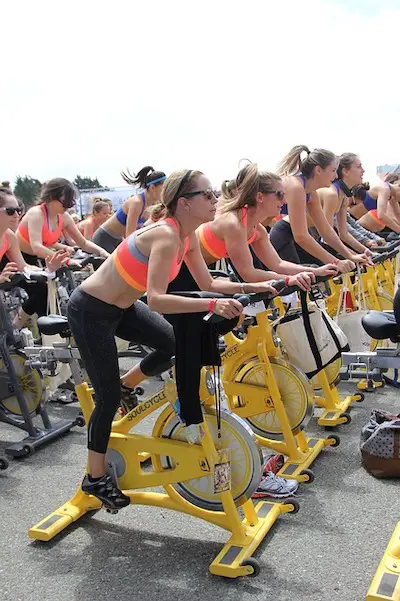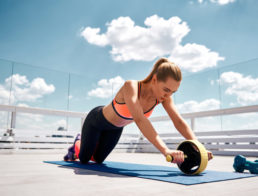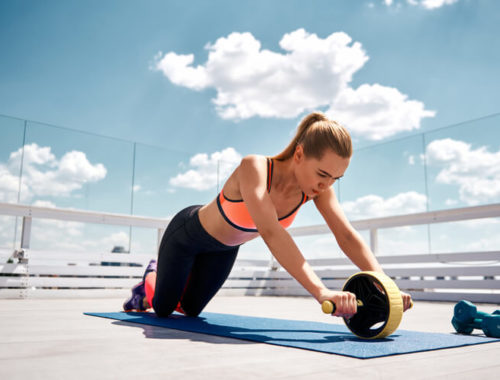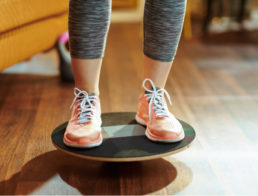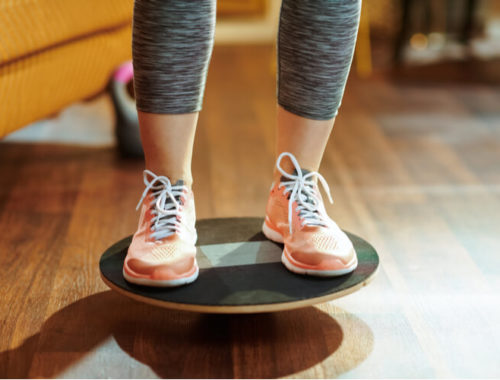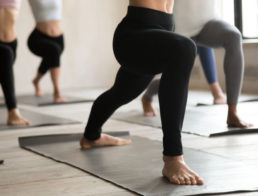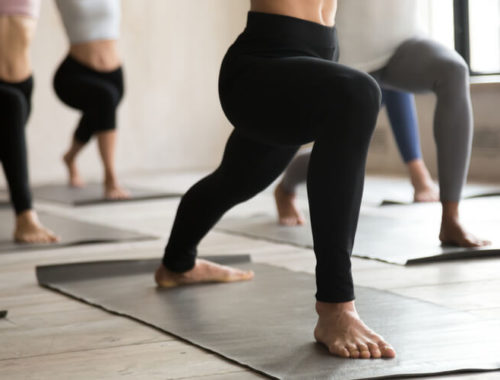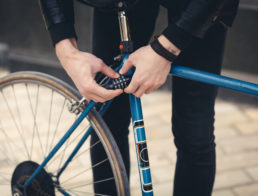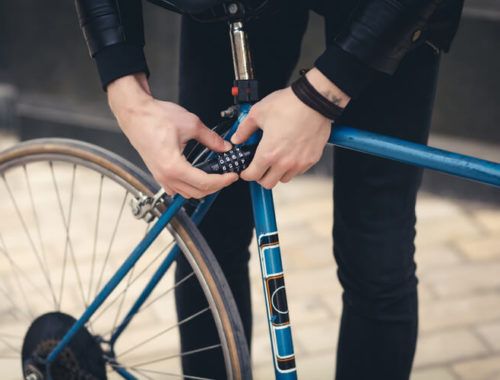Cycling can be a fun and effective workout, whether you’re brand new to the cycling game or a seasoned rider. Below are a few dos and don’ts to help you stay safe on your bike and have the best possible cycling workout.
Do: Warm Up
It’s important to warm up before jumping into a cycling workout. Heading straight into a hard workout without warming up properly could result in injury that sidelines you longer than you like. It’s important to prepare your body for the work that lies ahead.1
Don’t: Ride Only Low Intensity
Image courtesy of Pixabay
While it’s important to have a proper base of training, riding at a low intensity won’t challenge your cardio and strength on the bike the same way that switching things up will. Be sure to incorporate various types of rides including hills, intervals, and long steady pace on a regular basis.
Do: Use the Right Bike
You want to ensure you have the right ride for the type of cycling fitness you’re participating in. You wouldn’t want to take a road bike out on the trails, and conversely, a mountain bike isn’t ideal for racing along a paved bike path. Opt for a bike designed for the specific ride you’re planning. When in doubt, a hybrid bike is a good option as it is lightweight, versatile, and easy to ride. You also want to ensure your bike is set up properly for your height, weight, and riding style so that you are riding safely and efficiently.
Don’t: Ride Without a Plan
Riding without a plan as to how far and how fast you’d like to target won’t help your fitness levels. Whether you’re looking to work on your endurance or your speed, there are several free programs available online to help you achieve your goals. Going out for a ride with a plan in mind will help you achieve your fitness goals.
Do: Get Enough Rest
Not only is it important to make sure that you’ve got a good night’s rest before a ride, but it’s also important to take time off in between rides. Your muscles repair themselves while resting, and without adequate rest, you could be causing your body stress that results in poor performance. You want to give yourself at least 24-48 hours between rides to ensure that your body is able to clear the lactic acid that builds up during a workout and to recover enough to come back to your next ride feeling strong and capable. 2
Don’t: Ride On Empty
While many people look to cycling as a way to get in shape and lose weight, it’s important that you have enough fuel to make it through your ride. Be sure to eat a meal or small snack a couple of hours before your ride to ensure you have adequate energy stores to make it through safely. Riding on an empty stomach could result in dizziness or lightheadedness, which could lead to injury at worst, and subpar performance at best.3
Do: Modify if Necessary
Don’t be afraid to modify your workout if something doesn’t feel good or is uncomfortable. It’s important to listen to your body and adjust if needed. If you need to taper off the pace, reduce the resistance, or take additional rest, that’s perfectly fine.
Don’t: Rely on Handlebars
Image courtesy of Pixabay
Your handlebars are simply there for your balance, so keep your grip light with your wrists and elbows relaxed. Instead of leaning heavily on the handlebars, focus on keeping an engaged core throughout your cycling workout.
Do: Focus on Form
It can be hard to maintain proper form when you’re busy giving it your all in your workout, but it’s important not to sacrifice form for performance. Riding with incorrect form increases your risk for injury and is uncomfortable. With practice, good form will become second nature and you’ll be able to up the intensity of your workout without a problem.
Don’t: Focus on Other Riders
It can be hard not to compare yourself to other riders, especially in a group workout setting. But, it’s important to remember there is no one-size-fits-all when it comes to fitness, including cycling fitness. Focus on your own ride ensuring proper form and you’ll enjoy the ride more.
Article Sources
Healing Daily uses only high-quality sources, including peer-reviewed studies, to support the facts within our articles. Read our editorial process to learn more about how we fact-check and keep our content accurate, reliable, and trustworthy.
- McGowan, C.J., Pyne, D.B., Thompson, K.G. et al. Warm-Up Strategies for Sport and Exercise: Mechanisms and Applications. Sports Med. 45, 1523–1546 (2015). https://doi.org/10.1007/s40279-015-0376-x
- Casties J-F, Mottet D, Le Gallais D. Non-Linear Analyses of Heart Rate Variability During Heavy Exercise and Recovery in Cyclists. Int J Sports Med 2006; 27(10): 780-785 DOI: 10.1055/s-2005-872968.
- Bonci, Leslie J. Eating for performance: bringing science to the training table. Clinics in sports medicine 30.3 (2011):661. doi:10.1016/j.csm.2011.03.011

